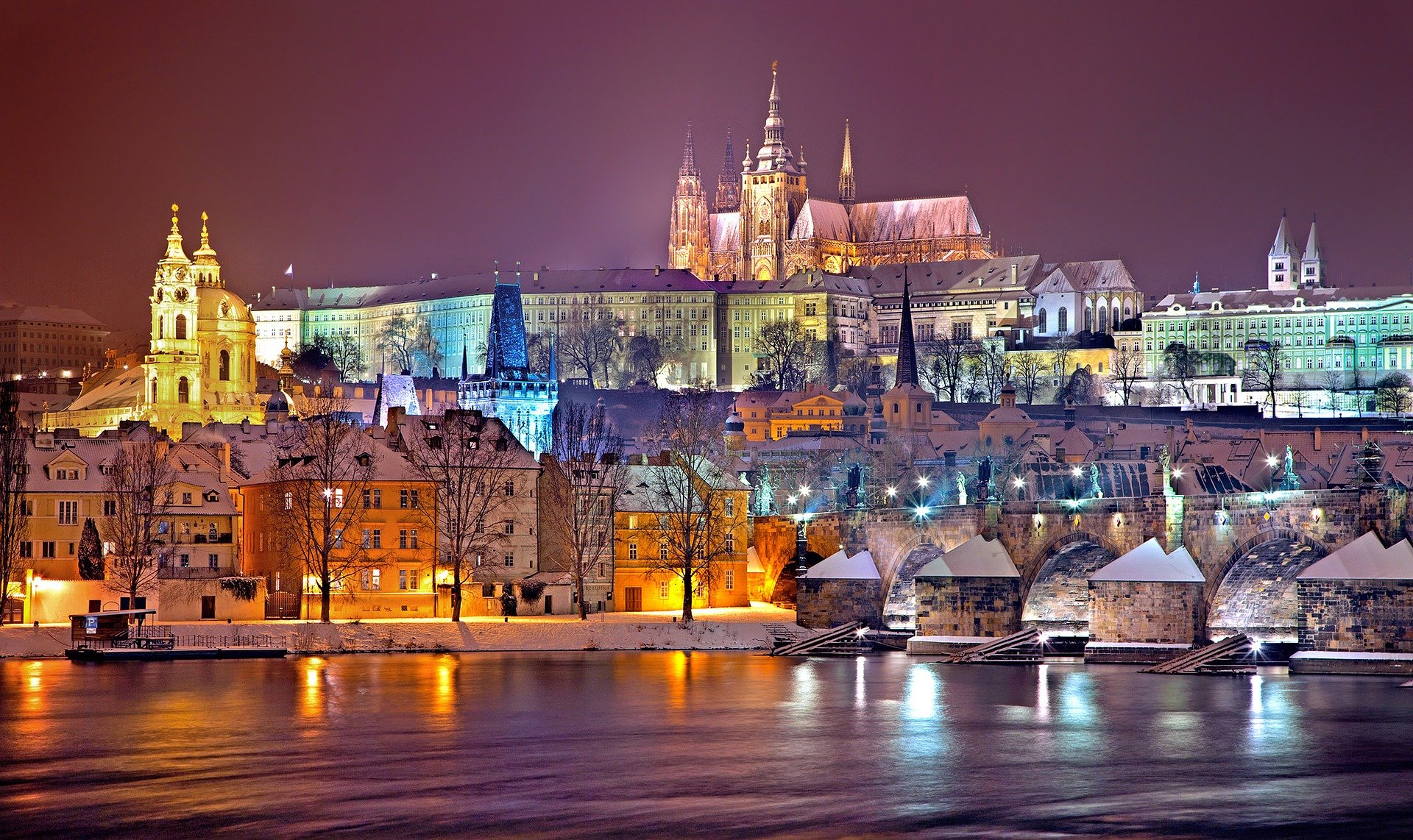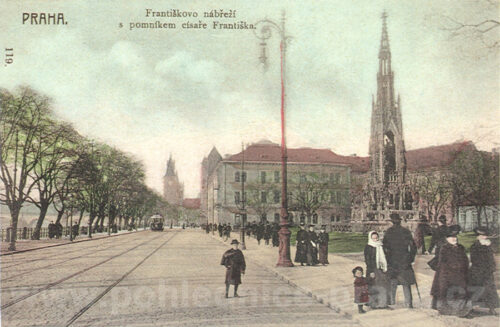Maturity
In 1784 a court decree issued by Joseph II unified the four independent urban areas of Prague, Staré Město , Malá Strana, Hradcany, and Nove Mesto into one single administrative unit. The rest of the suburbs along with Vyšehrad quarter would join in a century later. The recovery of the civic life, the construction of the magnificent Nostitz Theatre & the evolution of its opera orchestra into one of the greatest orchestral ensembles in central Europe by the conductor Johann Joseph Strobach would pave the way for the coming of the most important composer of all times, Wolfgang Amadeus Mozart.
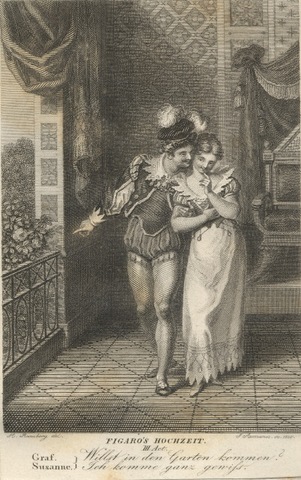
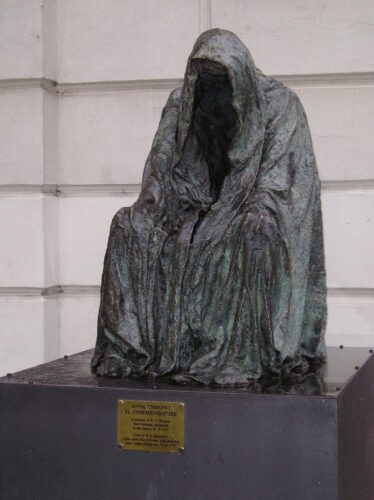

The interest for Mozart’s compositions started almost immediately after the opening of the theater with his opera Die Entführung aus dem Serail in 1783 knowing a tremendous success. The composer himself started visiting Prague in January of 1787, after his second successful premiere of the opera The Marriage of Figaro. Mozart visited Prague five times in total with two of his operas, Don Giovanni & La clemenza di Tito & the Prague Symphony having their premiere in the Estates Theater.
At the time of Mozart’s death on December of 1791, the grief exhibited in Prague far exceeded the one witnessed in any other European city, including Vienna. The memorial service given in his honor was a lavish Requiem mass performed by over a hundred musicians and attended by thousands. The early 1790’s was the period that the Czech National Revival (národní obrození) movement started to bring Czech language, culture and national identity to the forefront.
The most prominent figures of the movement came from the fields of Czech-language journalism, literature and drama with the prominent linguists Josef Jungmann and Josef Dobrovský and historians like František Palacký taking the prominent place of the modern fathers of the Czech nation. All of them lived, worked and associated with each other in the Bohemian capital.

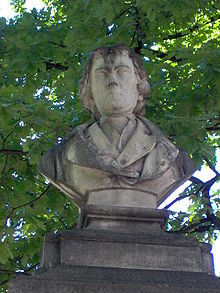
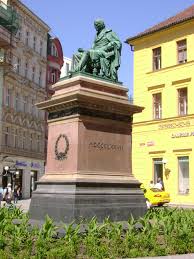
In 1796 a group of noble Czech patriots along with several middle-class intellectuals from the ranks of the Enlightenment movement established the first National Gallery in Prague in an effort to “elevate the deteriorated taste of the local public.”
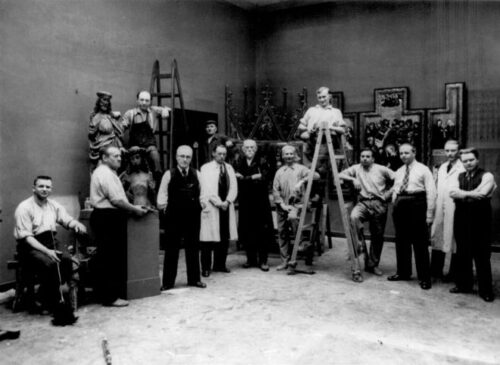
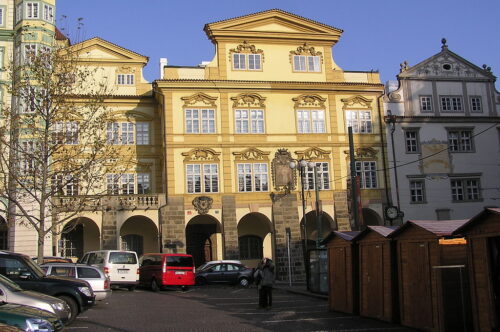
A few years later, in 1818, the most iconic symbol of the Czech National Revival, the Czech National Museum is established. It was not however housed in a building of its own until the completion of the Neo-Renaissance landmark on the upper end of Wenceslas Square (1891). Ten years before the grand opening of the national museum, another embodiment of the strong will of the Czech nation for self-determination, national identity and independence, the National Theater of Prague was inaugurated (1881).
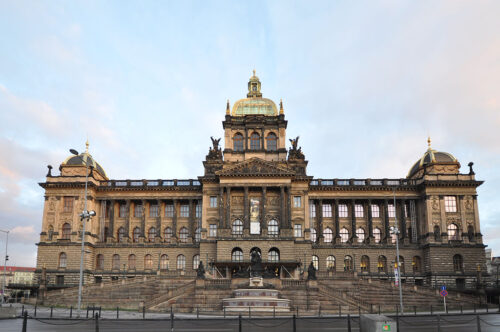
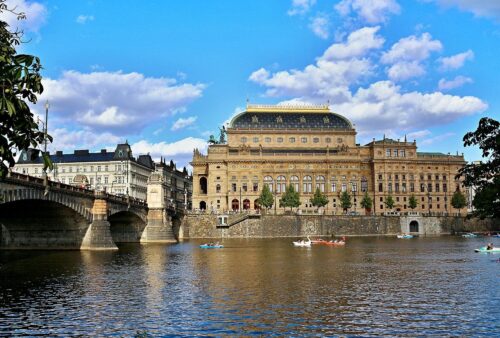
Within the course of the 19th century, industrialization moved a significant part of the Czech population from the countryside to the cities and of course the capital, raising Prague’s overall population to 160.000 by 1880. The influx of Czech laborers decreased the percentage of the German speakers in Prague from a majority to 14% in only few years.
New towns began to grow outside the city’s fortifications while older settlements like the one around Vyšehrad castle became officially incorporated in the expanding city. The fortifications between the Old & the new towns were razed after a decision taken by Emperor Franz Josef I on October 30th, 1866 and were turned into a new promenade road. A new embankment was built along Vltava River (Smetana Embankment) and new Neo-Renaissance buildings were erected along its line.
After its dissolution by Napoleon in 1806, the umbrella of the Holy Roman Empire had given its place to the Austro-Hungarian Empire. World War I & the dissolution of the Austro-Hungarian Empire would open the way for the long-awaited Czech independence that came in the form of a single federal state of two equal republics (Czecho-Slovakia) with Prague as its capital.
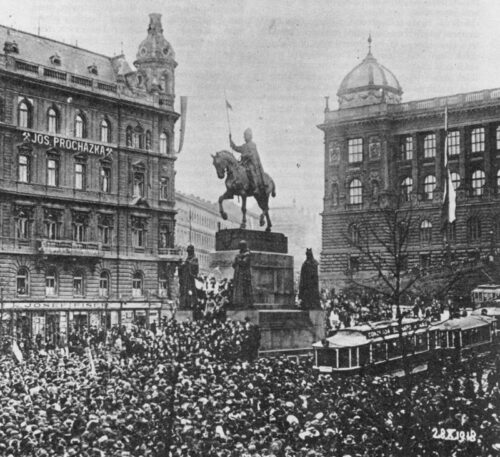

Tomáš Garrigue Masaryk was elected President of the Czechoslovak Republic by the National Assembly of Prague, on November 14, 1918, one month after the official proclamation of the state’s independence from the newly built Municipal House of Prague. As the capital of the new state, Prague began its transformation into a modern & functional metropolis.
The new metropolis became the incubator of new architectural styles, like Czech Cubism, invented by architects and artists living in the city of Prague. It also gave vent to other modern styles like the Art Nouveau which was starting to transform other European capitals at the time as well.
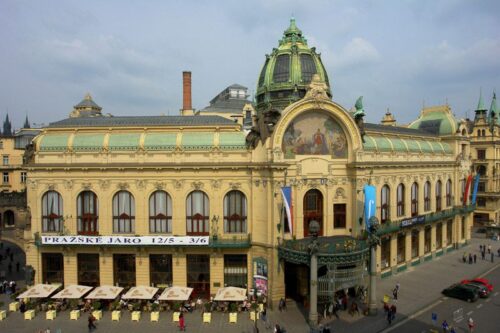
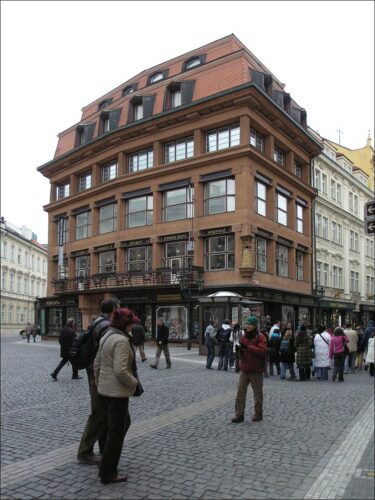
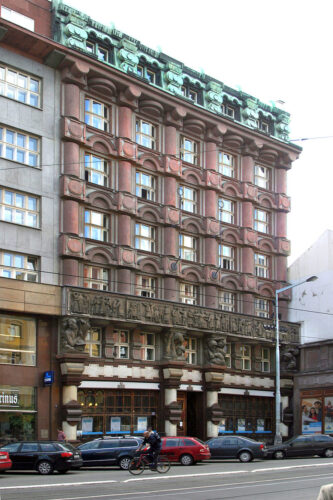
The years of the First Republic (1918-1938) became a bright period for business & culture with Czechoslovakia being among the world’s most advanced industrial countries in the world. In fact the country was among the 10 richest of the world at that time, based on the substantial inheritance of Austro-Hungary’s industrial base.
It was also a period when the city’s most famous son & writer, Franz Kafka, published most of his works along with several other important writers of the time, such as Karel Capek (best known for his science fiction works/coined the word robot) & Jaroslav Hasek (Good Soldier Svejk) who all lived and worked in Prague at that time.
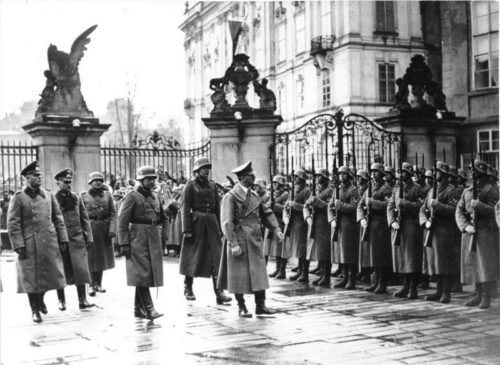

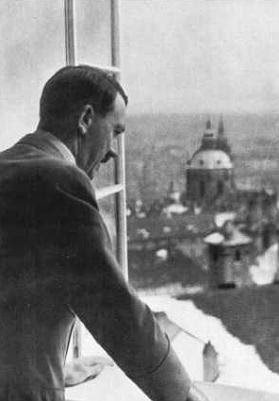
The large number of Germans living inside the country’s borders gave Adolf Hitler the excuse he needed to first annex several Bohemian territories in September of 1938 and then establish the Protectorate of Bohemia and Moravia by a personal proclamation from Prague Castle, on 16 March 1939.
The German occupation was a period of brutal oppression, political persecution and murders when almost the entire population of the particularly large Jewish community of the city was completely annihilated (at the outbreak of WWII over 92.000 Jews lived in Prague, almost 20% of the total population).

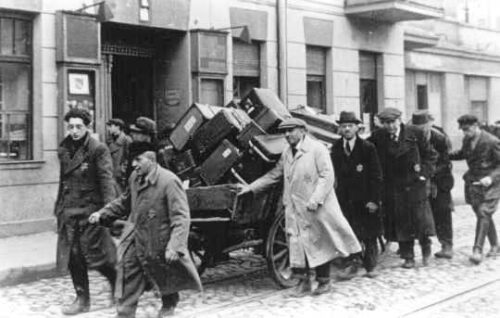
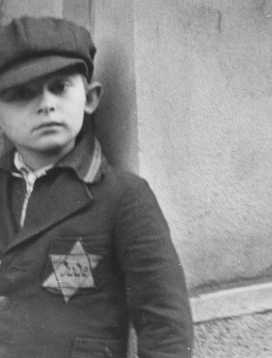
Towards the end of the war the air raids of the Allies reached Prague, with the US Army Air Forces dropping about 152 tons of bombs on many populated areas of the city, totally destroying 100 houses & historical sites & heavily damaging 200 more. 701 civilians were killed & 1.184 more wounded.
On the 5th of May 1945 the Czech Resistance would make an unsuccessful attempt to liberate the city from the German occupation. It would end with a German victory and a ceasefire on the 8th of May. It would fall short for just one day, as in the morning of May 9, 1945, the Soviet tanks reached Prague.
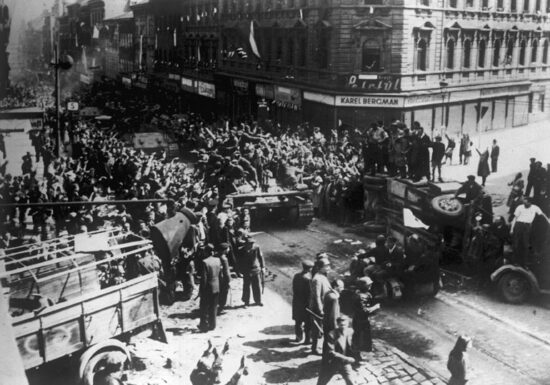
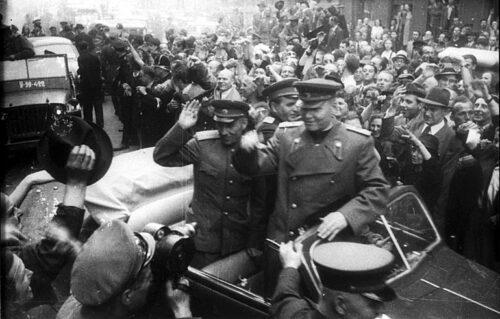
About 50.000 people of German origin fled or were expelled from Prague after the liberation, with their property and rights declared void by the Constitutional Decrees of the President of the Third Republic, Edvard Benes. The Third Republic proved to be a very short-lived regime, as in February 1948, the Communists took power after the successful Czechoslovak coup d’état that declared Czechoslovakia a people’s democracy & put the country under the communist umbrella of the Soviet Union.
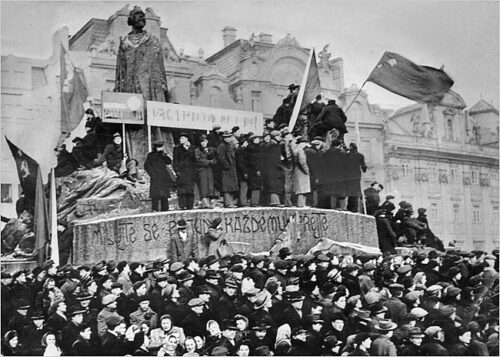

Search for class enemies, interrogations, surveillance by secret police, house searches for illegal literature, shuttered citizens’ privacy and inability to express oneself openly was the reality the Czech people had to adjust themselves to. People were imprisoned for filing complaints or signing petitions, the long lines at the shops were a daily phenomenon.
The communist purges ended with executions even before the trials were completed. Although the influx of residents to Prague continued, the country fell into a rapid economic decline mostly due to the incompatibility of the Soviet model to the Czechoslovakian reality. The outskirts of the city were brutally intruded by buildings of low quality & aesthetics.
The economic downturn of the 1950’s and early 1960’s brought an attempt to implement a new economic model in 1965, which in its turn spurred increased demand for political reform. That change came when Antonín Novotný, (General Secretary of the Communist Party of Czechoslovakia from 1957) was forced to abdicate in January of 1968, in favor of the reformer Alexander Dubcek.
The liberal turn which included increasing freedom of the press, freedom of speech, and freedom of movement for people and consumer goods and the possibility of a multiparty government was launched by Dubcek in April of 1968. The so-called Prague Spring would be crashed by 200.000 troops & 2.000 tanks of the Eastern Bloc Army (Soviet Union, GDR, Poland, Bulgaria & Hungary) that invaded the country on the night of 20–21 August 1968.
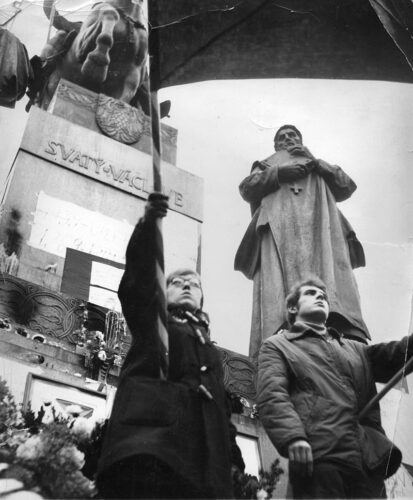
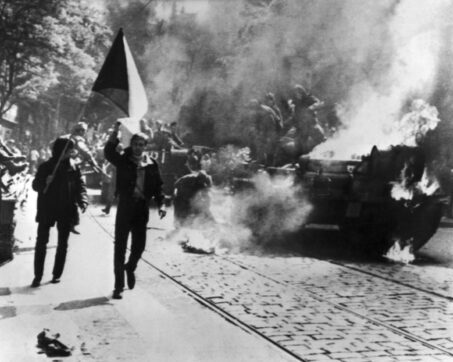
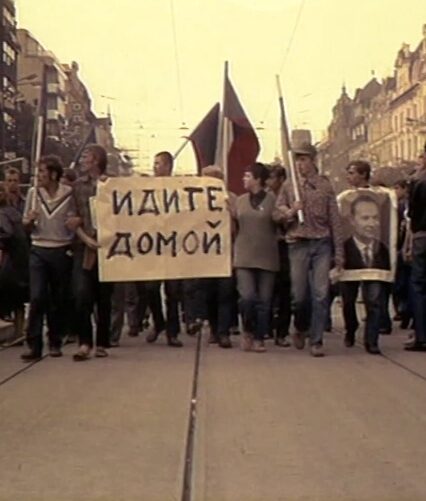
Journalism, literature, even music, fell, along with other essential aspects of civil life, in another dark age of censorship. Fear and suppression, would lead to a previously unseen wave of emigration. It would also lead to numerous spontaneous acts of nonviolent resistance or protest. In one of them, on 16 January 1969, a student named Jan Palach set himself on fire in Prague’s Wenceslas Square to protest against the renewed suppression of free speech.
The gloomy days would last until the Fall of the Berlin Wall on 9 November 1989. A few days later the events that remained known as the Velvet Revolution of Prague unraveled in an unprecedented pace. The large student demonstration of November 17 in Prague turned into a crowd of 200.000 on November 19, to an estimated 500.000 on November 20.
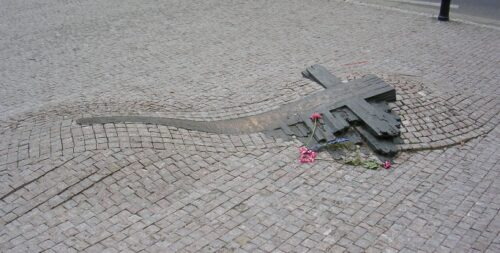
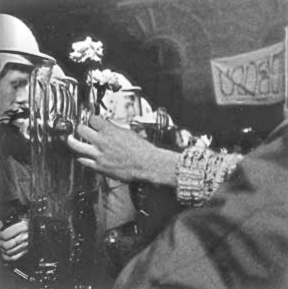
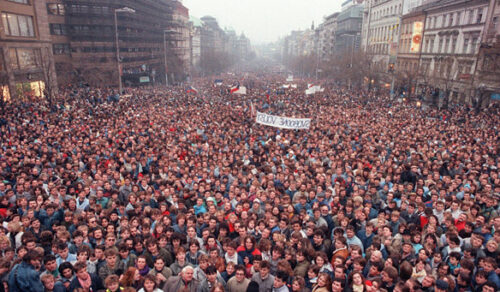
On December 10, President Gustáv Husák swears in the first government in 41 years that is not controlled by the Communist Party and resigns shortly after. As the capital of the Czech Republic, after the dissolution of Czechoslovakia in 1993 and in the absence of Soviet control & communism, Prague flourished. Important buildings that had suffered from a criminal neglect of more than 40 years, were reconstructed & new businesses started to occupy them. The economy boomed.
Modern day Prague has more than 1.260.000 inhabitants, 14% of which have a national origin, other than Czech. Prague’s economy accounts for 25% of the Czech Republic’s GDP, ranked fifth among Europe’s 271 regions in terms of GDP per capita (Eurostat), well above the Czech state as a whole. A large percent of that income is produced from the constantly rising contribution of tourism with Prague receiving more than 6.7 million visitors in 2018 e.g. The reason is quite simple. Prague is among the most beautiful & mesmerizing cities in the world.
